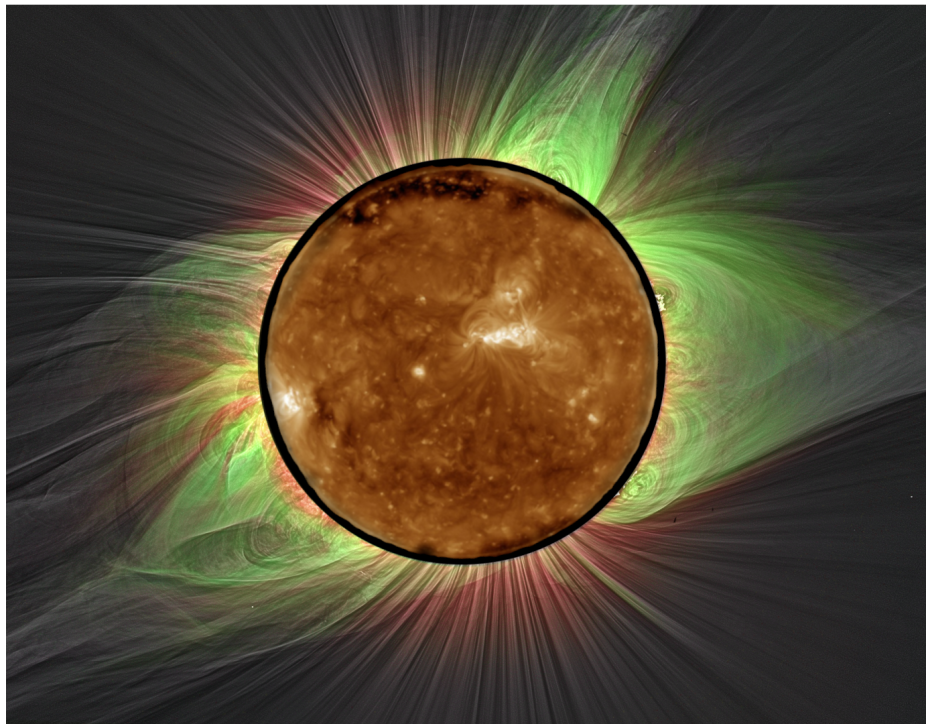A Rosetta Stone for Electrodynamic Coupling in Cosmic Plasmas—This new book reflects on 8 decades of research on one of the longest-standing unsolved problems in modern physics: why exactly is the Sun obliged to form a hot corona? The Sun's corona is our closest example of the inevitable "'electrodynamic coupling" between a condensed astronomical object and its environment. It is a local "Rosetta Stone" \index{Rosetta~Stone} for understanding hot plasmas across the Universe. The authors offer a critical overview of the field of research, including a dive into methodologies to understand the nature of this recalcitrant problem. Armed with an up-to-date understanding of theory, instrumentation, and the developing field of machine learning, the authors offer suggestions for new, stronger methodologies aimed to generate measurable progress. Written for aspiring astrophysicists, students of physics and active researchers, the book highlights the irony of why astrophysical plasmas, so nearly ideal, must lead to their own imperfect dissipation of magnetic energy, forming the hot coronae of stars and many more exotic objects. With a fresh perspective, the book offers a straightforward, physical guide to the next generation of researchers who wish to cut to the chase, to finally lay the problem to rest, with implications for a technological society that is subject to the electrodynamic whims and vagaries of its host star.

Book cover: The Problem of Coronal Heating—A Rosetta Stone for Electrodynamic Coupling in Cosmic Plasmas